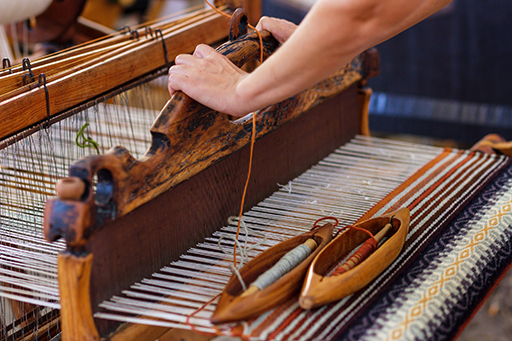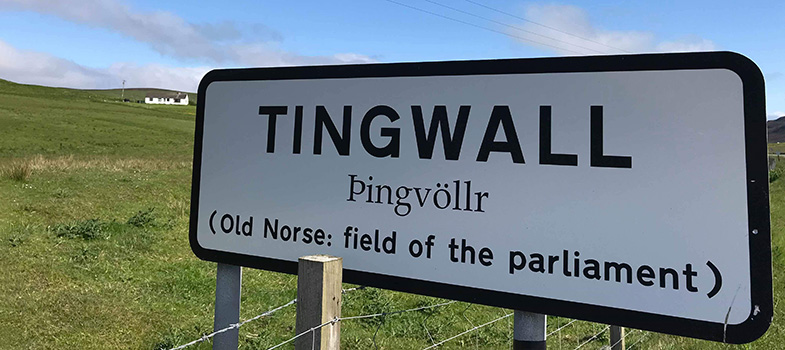7.4 Scottish surnames and crafts
In addition to the impact crafts have today, the historical importance of craft and trades is even reflected in the very names of Scotland’s people, although they may individually no longer be involved in the activities their surnames attest. Permanent surnames began to be used in Scotland around the 12th century, but were initially mainly the preserve of the upper echelons of Scottish society.
However, it gradually became necessary to distinguish ordinary people from one another by more than just the given name and the use of Scottish surnames spread. In some Highland areas, though, fixed surnames did not become the norm until the 18th century and in parts of the Northern Isles until the 19th century.
The influences on the development of Scottish surnames are many and varied and often more than one has resulted in the surname that we know today. Surnames today are used to indicate family relationships; however this has not always been the case. Surnames in the past have been based on many factors such as occupation, location, the patronymic (the adding of 'son' or 'Mac' to the father's first name), physical characteristics, localised spelling conventions and employer's names.
In many cases, similar, or in some cases identical, surnames have been derived from entirely different sources and different areas of Scotland. Thus the modern 'consistency' in naming conventions has been based on a possibly 'inconsistent' starting point.
It was only in 1855 that the compulsory registration of births, deaths and marriages started in Scotland and registrars started to insist that individuals should use the same surname as their father. The first surname survey, covering registrations during the years 1855, 1856 and 1858, was published by the Registrar General in 1860. Some common Scottish last names come from the occupational bynames based on the occupation, or job, of their owner. Such as: Webster (a weaver).
A well-known literary example that features a Wabster is Burns’ humorous song, ‘Sic a wife as Willie had’ [Tip: hold Ctrl and click a link to open it in a new tab. (Hide tip)] of 1792.
“It is comic song telling the tale of a weaver and his 'not so comely' wife. According to tradition, Linkumdoddie was the name of a small cottage situated at the point where the River Tweed and Logan Water converge. During the latter days of the eighteenth century, it is known to have been inhabited by a weaver and his wife.
It is said that whilst travelling between Edinburgh and Dumfries, Burns stayed near Linkumdoddie on a number of occasions. Perhaps he sought inspiration for this song from the weaver and his wife!”

Activity 7
In this activity you will focus on the surname Webster and its various forms that were in common use in Scots: Wabster or the variants Wobster, Webster, etc.
Here is a sample sentence from the Dictionary of the Scots Language which is a quote from a publication from 1721.
Sc. 1721 Ramsay Poems (S.T.S.) I. 189:
- Scots Language : He catch'd a crishy Webster Loun At runkling o' his Deary's Gown.
- English translation: He caught a greasy weaver boy ruffling his sweetheart’s dress.
Part 1
Practise speaking this sentence, try not to read if of the page but speak it from memory as this will improve your pronunciation and intonation.
Part 3
And finally, practise your spoken Scots again by reading out loud the first verse of Burns’ song.
7.3 Scottish Crafts
